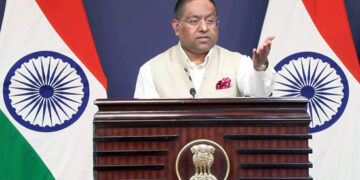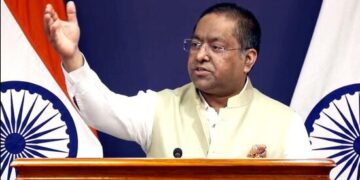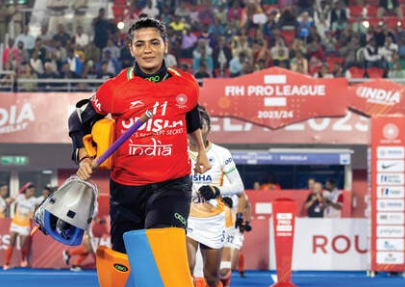Indian sports have long been dominated by men, but recent years have seen a significant shift. Women athletes are not only making headlines with their performances on the global stage, but they are also changing the landscape of Indian sports as a whole. From cricket to wrestling, badminton to boxing, Indian women are asserting their presence with resilience and determination.
The journey toward inclusivity has been driven by multiple factors. One of the most significant contributors is the increasing support from both governmental and private entities. Initiatives like “Khelo India” and increased funding for women’s sports have enabled greater participation at the grassroots level. Additionally, sports federations and associations are now more focused on ensuring that female athletes have equal access to training facilities, coaching, and financial support.
One of the most powerful examples of this transformation is seen in cricket, India’s most popular sport. For years, the women’s cricket team remained in the shadows of their male counterparts, but their stunning performances in global tournaments have brought them to the forefront. The Board of Control for Cricket in India (BCCI) has recently announced pay parity for male and female cricketers, a landmark move that sets the tone for gender equality in the country’s sports ecosystem.
Boxing, wrestling, and badminton are also witnessing a surge in female participation. Athletes like Mary Kom, P.V. Sindhu, and Vinesh Phogat have become household names, inspiring young girls to pursue careers in sports. These women have not only won medals but have also become symbols of empowerment, challenging societal norms and proving that Indian women can excel on the global stage.
Inclusivity is not just limited to elite athletes. Efforts are being made to include women in sports at the community level as well. Grassroots programs focusing on girls in rural and underprivileged areas have started providing opportunities for young athletes to train in various sports. These initiatives have led to an increase in participation from regions that were traditionally left out of the sporting narrative.
However, challenges remain. Cultural barriers, lack of infrastructure, and societal pressures continue to affect women’s participation in sports. Many girls drop out of sports due to family responsibilities or the stigma associated with playing what are seen as “masculine” games. Addressing these issues requires sustained effort and a collective shift in mindset, but the progress made so far is undeniable.
The future of Indian sports looks more inclusive, as more women step into arenas once considered out of reach. With continued support, investment, and changing attitudes, India could soon see even more female athletes dominating not just national but international platforms.








 India
India












